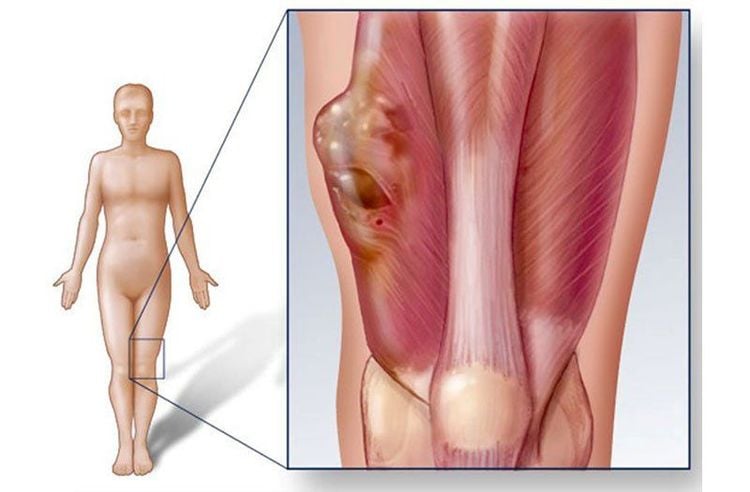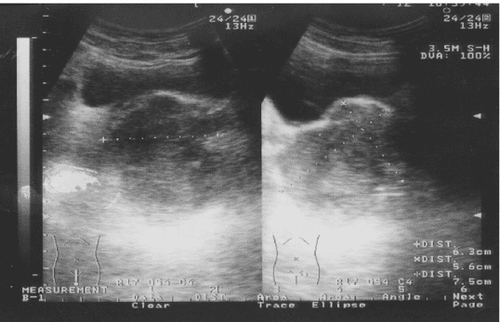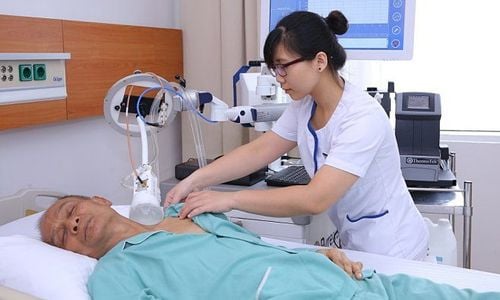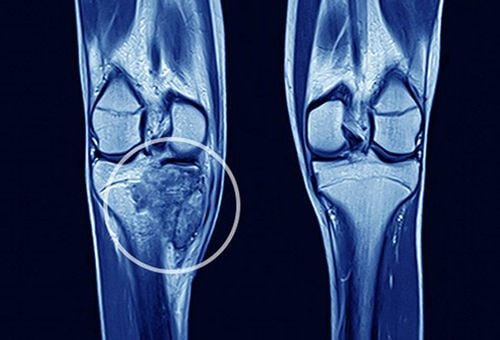This is an automatically translated article.
With an incidence of about 4.3/1,000,000 people, rhabdomyosarcoma is a common disease in young children. This is one of the very dangerous malignant cancers, which can directly threaten the patient's health.1. What is rhabdomyosarcoma?
Sarcoma is a type of cancer that originates in the mesenchymal layer of the body. Therefore, sarcoma can occur in many different parts of the body such as skin, bones, blood vessels, connective tissue and even deep internal organs. However, sarcoma can be classified into 4 main types:
Rhabdomyosarcoma Skeletal sarcoma Soft tissue sarcoma Gastrointestinal stromal tumor (GIST) Rhabdomyosarcoma is a type of sarcoma that arises from mesenchymal cells - cells that are immature and capable of developing into skeletal muscle. Skeletal muscles are voluntary muscles, distributed in the extremities and other body parts that can be controlled by humans. The most common subjects with malignant rhabdomyolysis are children and young adults, the average age at diagnosis is less than 10 years old.
2. Classification of rhabdomyosarcoma
Based on histopathological morphology, rhabdomyosarcoma (malignant rhabdomyolysis) in children is classified as favorable or unfavorable. The terms "favorable" and "unfavorable" are defined based on the morphology of the cancer cells.
Malignant rhabdomyosarcomas with "favorable" histopathology include:
Embryonic rhabdomyosarcoma: It can be said that this is the most common rhabdomyosarcoma group, usually found in the head - neck and muscle regions. genitourinary organs; Grapevine rhabdomyosarcoma: This is one of two subtypes of embryonic rhabdomyosarcoma, commonly found in hollow organs (bladder or vagina); rhabdoid rhabdomyosarcoma: This is the remaining subtype of embryonic rhabdomyosarcoma, usually found in the peritesticular region. Malignant rhabdomyosarcomas with “unfavorable” histopathology include:
Follicular rhabdomyosarcoma: This is a group of rhabdomyosarcomas commonly found in the trunk or extremities; Polymorphic and undifferentiated rhabdomyosarcoma: In children, these are the rarest groups of rhabdomyosarcoma. Compared to that, will usually be more common in adults.

Sarcoma là một loại ung thư xuất nguồn từ lớp trung mô ở cơ thể
3. Causes of rhabdomyosarcoma
To date, the cause of most cases of rhabdomyosarcoma in children is not well understood. In addition, there are very few known risk factors for this type of cancer. Because of genetic mutations, normal cells become cancerous.
Normally, several genes control when cells grow, then divide into new cells and die:
Oncogenes: Genes that help cells grow, divide, or survive. Suppressor genes: Genes that slow down cell division and cause cells to die at the right time. However, with cancer, the gene will be mutated. Accordingly, oncogenes will be strongly activated and conversely, tumor suppressor genes will be inactivated. As a result, cells proliferate out of control leading to tumor formation and cancer appearance.
Besides, due to heredity there are some genetic changes. In others, genetic mutations occur randomly, there are no environmental or lifestyle factors directly related to rhabdomyosarcoma. Therefore, rhabdomyolysis in children cannot be prevented.
4. Clinical symptoms of rhabdomyosarcoma
The most common symptom of rhabdomyosarcoma is a hard, palpable mass anywhere on the body or organ dysfunction caused by compression by the tumor. The size of the tumors will become larger and larger, causing pain and discomfort for the patient, specifically:
Orbital cancer: May cause pain, tearing or protruding eyes. Nasopharyngeal cancer: Changes in voice, which can cause nasal congestion or mucus discharge. Genitourinary cancer: Abdominal tumors are often obvious, causing abdominal pain, difficulty urinating and blood in the urine. Tumors in the extremities: Anywhere on the arms or legs will often appear hard tumors. In addition, there is spread from the malignant rhabdomyoblastoma to nearby lymph nodes and possibly lung and bone marrow metastases.

Hình ảnh cộng hưởng từ Sarcoma cơ vân của tuyến tiền liệt
5. Diagnosis of rhabdomyosarcoma
Diagnosis of rhabdomyosarcoma by the following diagnostic methods:
CT scan or magnetic resonance imaging (MRI) tumor location; Biopsy or removal of the tumor. Through images obtained after CT scan, doctors will assess the size of malignant rhabdomyolysis in children. Lesions of the head and neck will often be better identified with magnetic resonance imaging (MRI). Based on biopsy or tumor resection to confirm the diagnosis of rhabdomyosarcoma.
To test for metastasis, the patient will have a CT scan of the chest, a bone scan, a bilateral bone marrow aspiration and a bone marrow biopsy.
6. Treatment of rhabdomyosarcoma
To treat rhabdomyosarcoma in children, doctors will apply methods including: Surgery; Valence; radiation therapy (for microscopic disease or large residual tumor).
6.1. Surgery for rhabdomyosarcoma in children When treatments can be safely performed, complete surgical resection of the primary tumor is recommended by physicians. The goals of surgical treatment of rhabdomyosarcoma include:
Histopathological diagnosis; If it is possible, radical surgery will completely remove the primary tumor, in cases where it is not possible, surgery will reduce the local tumor burden; Treat metastasis or reduce local recurrence.

Sarcoma cơ vân là một trong những loại ung thư có thể đáp ứng tốt với hóa trị liệu
6.2. Chemotherapy Rhabdomyosarcoma is one of the types of cancer that can respond well to chemotherapy. The most commonly used drugs are actinomycin D, doxorubicin, vincristine, ifosfamide, etoposide, and cyclophosphamide. Irinotecan and topotecan are two new drugs that are being used in the treatment of rhabdomyolysis.
6.3. Radiation therapy Radiation therapy is usually reserved for children with rhabdomyosarcoma with microscopic or macroscopic residual tumor after surgery. At the same time, radiation therapy is also reserved for children at moderate or high risk.
Rhabdomyosarcoma is a rare cancer that requires intensive interventions. Patients with RMS face many challenges, every movement in daily activities is more or less affected. Ideally, if you find yourself having symptoms of rhabdomyosarcoma, the patient should go to reputable medical facilities for timely diagnosis and treatment.
Vinmec's Oncology - Radiation Therapy Department is focused on carefully investing in expertise and equipment, bringing satisfaction to patients. Especially at Vinmec, there are:
Top doctors in the country and International: The doctors are all highly qualified, experienced, dedicated and knowledgeable, have worked in major hospitals of Vietnam, Korea, Russia, and received intensive training at home and abroad. new and most effective treatment regimens for patients. Intensive technique, effective treatment of difficult cases: is the first and only hospital in Vietnam to successfully deploy robotic surgery. CT scan accurately detects cancer even when there are no symptoms. Applying advanced gene technologies to early detect the risk of 16 most common cancers. Deploying autologous immunotherapy and thermotherapy in combination with cancer treatment to effectively prevent recurrence. Continuously working for the community: always accompanies the community in free screening programs for common cancers: Breast, cervical, colorectal, etc. Thousands of patients cannot be screened for cancer, join hands with the community to fight back the dreaded cancer. To register for examination and treatment with the leading doctors of the Department of Oncology - Radiation Therapy, please register on the website, or register for an online examination.
Please dial HOTLINE for more information or register for an appointment HERE. Download MyVinmec app to make appointments faster and to manage your bookings easily.













